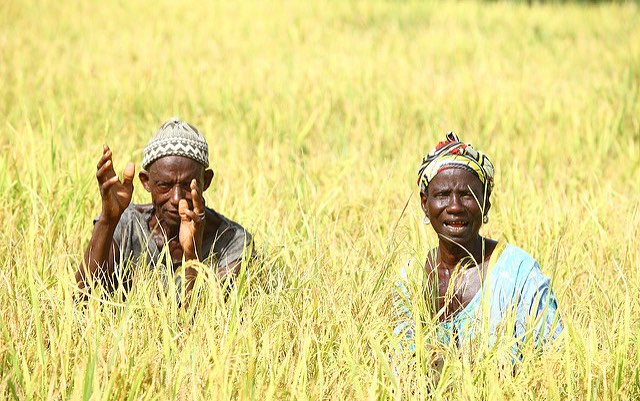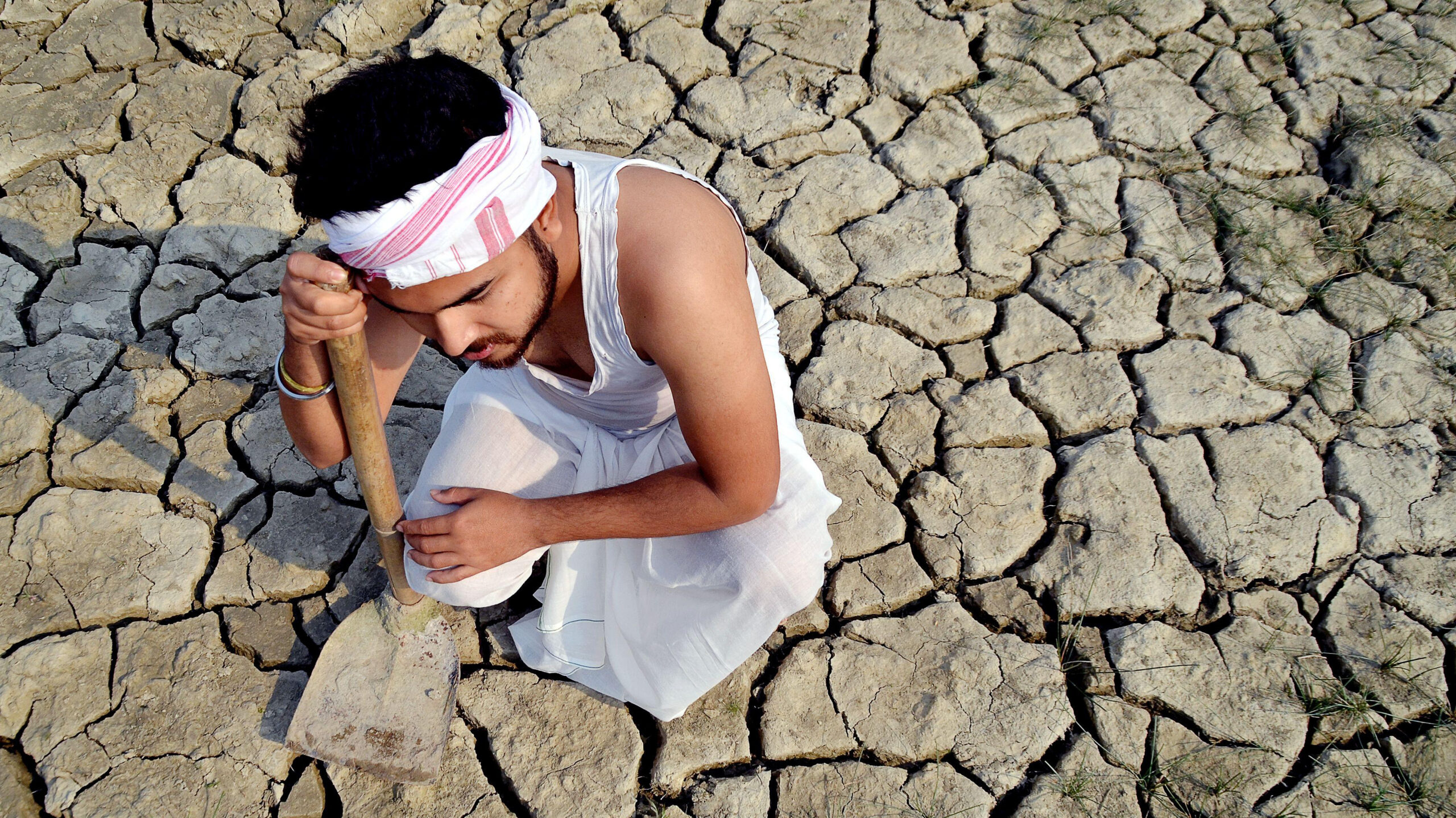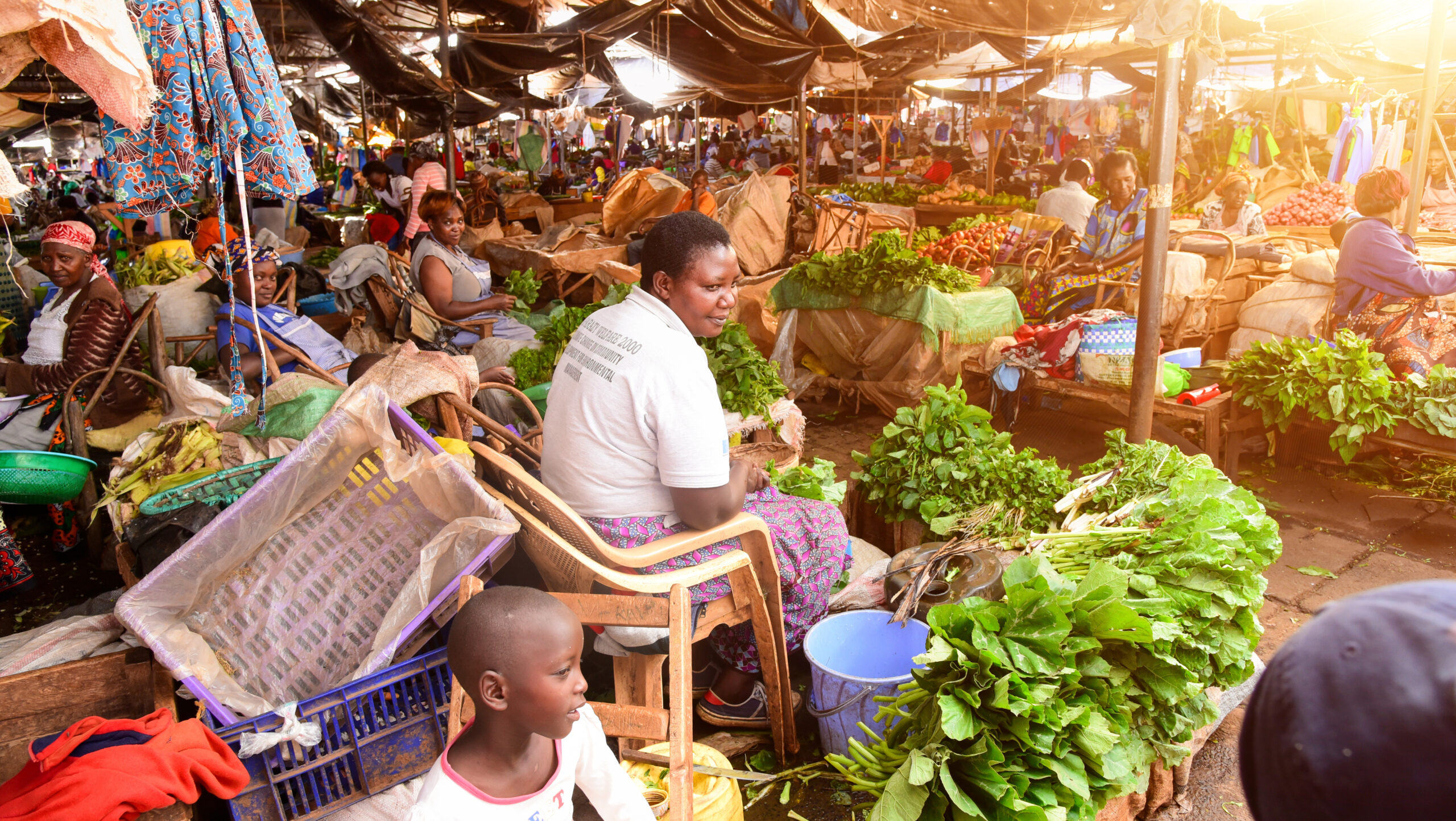Ndèye lives in a small town in northern Senegal, close to the border with Mauritania. She is the president of a union of women rice producers who are doing something different in their community: Training the next generation of women in agribusiness.
The average Senegalese consumes about 85 kg of rice each year. The government has therefore embarked on efforts to become self-sufficient in the staple crop, providing protection from price fluctuations and enabling farmers and those working in the sector to thrive.
There is also a growing demand for rice. By 2027 consumption is projected to rise to 95 kg per person per year. To meet this demand, rice production needs to increase. For that to happen, there must be improvements in irrigation techniques and the quality of and access to seeds and fertilizers. Ndéye and her colleagues decided to organize themselves and pool their resources to be in a better position to harness the opportunities the growing rice sector offers.
All over Africa similar opportunities to increase the local production of staple crops such as maize, millet, and sorghum can be found. This could provide much-needed employment prospects, especially for young people in rural areas, by creating businesses that add value to the processing of crops.
Being a young person in Africa right now isn’t easy. Half of young people are out of work. Another 50 million are engaged in insecure informal employment, where they could be working only for a few hours a day, or working for long hours for very low wages. With the number of young people in Africa dramatically increasing every year, the UN Food and Agriculture Organization (FAO) recently estimated that the continent will need to create 12 million new jobs over the next 20 years to harness the demographic dividend.
This is a staggering number. If seen as an opportunity, harnessing the labor of millions of young people could help Africa continue to drive high levels of economic growth over the next decade. But, if not, it could also lead to increased migration from rural to urban areas, between countries and continents—and to conflict and increased poverty. In 2016, 3,800 people died trying to cross the Mediterranean and gain entry to Europe. Most were not refugees, but economic migrants looking to make better lives for themselves. Between January and June 2017, 4,834 migrants and refugees from Senegal arrived in Italy by sea via the Mediterranean route, a slight increase from the same period in 2016.
Agriculture is the one sector that could provide much-needed employment opportunities for Africa’s young people and help to keep them in their communities. Agriculture is already the biggest employment sector, with over half of the continent’s population working on farms and in agriculture-related businesses.
In Senegal, 46 per cent of people work in agriculture. Two thirds of Senegal’s population is under the age of 18 and approximately 200,000 young people enter the job market each year fighting for around 30,000 formal jobs. Most informal jobs are in agriculture in rural areas, but the sector is lacking in productivity—it generates only around 16 percent of GDP—hindering the creation of much-needed jobs and prospects of improved livelihoods.
Ndèye’s union provides one solution. She represents over 1,800 women across all age groups who are working together to farm around 300 hectares of land. She welcomes young people and helps them to learn new skills in the Union. As a group, they invested in a small rice milling facility and the rice they produce gets delivered locally, but also to the capital city, Dakar. They named their product Riz Reine (Rice Queen) and built it up to be a trusted brand.
Ndèye and her colleagues have established a thriving business and are scaling it up to provide more jobs for young people in positions like bookkeeping. Approaches like this for inclusive growth, where opportunities are actively created for young people in low-income areas, could build resilience in key cereal value chains, including rice. Their success proves that Africa needs to invest in more programs like this.
To stem migration and create more jobs for young people in rural areas it is crucial that the government and private business learn from the successes made in Senegal’s rice sector. Investments must be made in creating the markets for small and medium-sized local agribusinesses to thrive, as well as in skills development, training and education for young people. Policies must urgently be designed that support young people in the agriculture sector to thrive and to fulfil their ambitions and goals.
Katrin Glatzel is a Research Fellow with IFPRI’s West and Central Africa Office and Program Leader of the Malabo Montpellier Panel. This post first appeared on the Chicago Council on Global Affairs blog.







